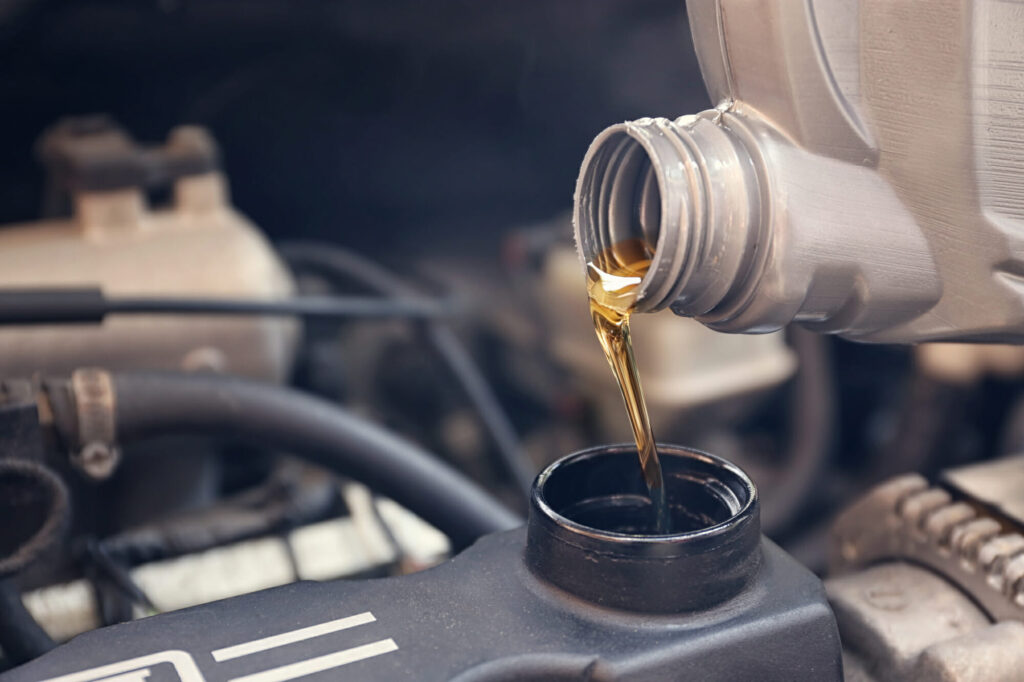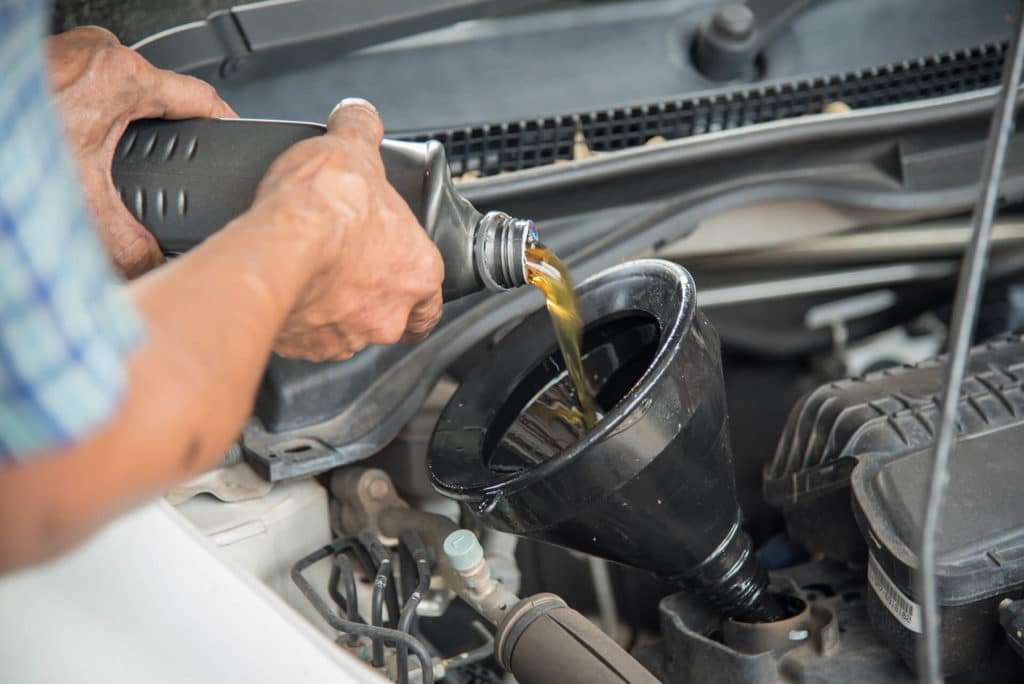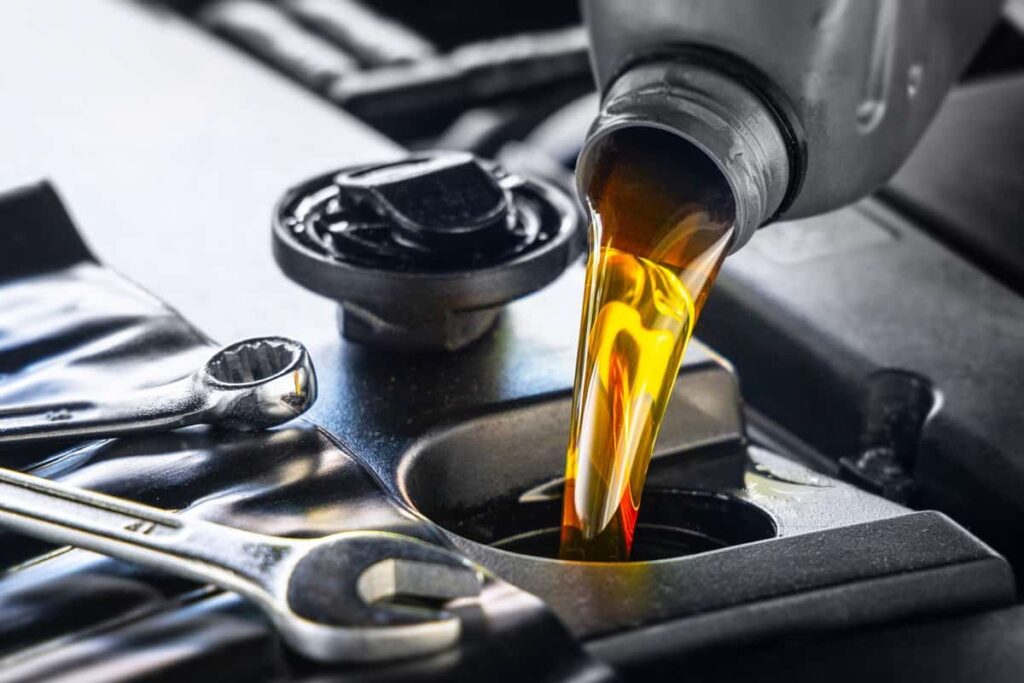What Kind Of Oil Does A Toyota Camry Take – Know About It!
When I first got my Toyota Camry, I was unsure about the oil it needed. After checking the owner’s manual, I found out it requires 0W-20 synthetic oil. Using the right oil has kept my engine running smoothly and efficiently, making maintenance a breeze.
A Toyota Camry usually takes 0W-20 synthetic oil. This oil helps your engine run smoothly in different temperatures. Check your owner’s manual to be sure.
what kind of oil does a toyota camry take? Lets talk about it.
What Oil Should You Use for a Toyota Camry?
- Smooth Performance:
It flows easily at both high and low temperatures, which helps your engine run smoothly.
- Better Protection:
Synthetic oil provides better protection against engine wear and tear compared to conventional oil.
- Improved Fuel Efficiency:
It helps improve fuel economy by reducing friction within the engine.
- Extended Oil Change Intervals:
Synthetic oil generally lasts longer, meaning you can go longer between oil changes.
What Is the Oil Capacity for a 2024 Toyota Camry with a 2.5-L Engine?
For the 2024 Toyota Camry equipped with a 2.5-liter engine, the oil capacity is approximately 4.5 quarts (or about 4.3 liters). This includes the oil needed to fill the engine and the oil filter. It’s important to use the recommended 0W-20 synthetic oil to ensure optimal performance and protection.

Always check your owner’s manual or consult with a professional to confirm the exact capacity and oil type for your specific model.
Can I Use Regular Oil Instead of Synthetic Oil in My Toyota Camry?
While you can use regular oil in your Toyota Camry, it’s generally not recommended. Your Camry is designed to perform best with 0W-20 synthetic oil, which offers better protection and performance compared to regular oil.
Synthetic oil flows more smoothly, improves fuel efficiency, and lasts longer between changes. Using regular oil might not provide the same level of engine protection and could lead to more frequent oil changes. Always check your owner’s manual for the best oil type and consider sticking with synthetic oil for optimal engine health.
How Do I Check the Oil Level in My Toyota Camry?
Park the Car on a Level Surface:
To get an accurate reading of the oil level, ensure your Camry is parked on a flat and level surface. This helps the oil settle evenly in the oil pan and provides a precise measurement.
Turn Off the Engine and Wait:
Before checking the oil level, turn off the engine and allow it to cool for a few minutes. This waiting period ensures the oil has had time to drain back into the oil pan from the engine parts, which provides a more accurate reading.
Locate the Dipstick:
Open the hood of your Camry and locate the oil dipstick. The dipstick is usually marked with a bright-colored handle, often yellow or orange, and it may have an oil can icon on it. It’s typically found near the front of the engine compartment.

Remove and Clean the Dipstick:
Carefully pull the dipstick out of its tube. Use a clean, lint-free cloth or paper towel to wipe the dipstick completely clean. This step removes any oil residue and ensures an accurate reading when you reinsert the dipstick.
Reinsert and Remove the Dipstick:
Insert the cleaned dipstick back into the tube, making sure it’s fully seated. Then, pull the dipstick out again to check the oil level. Ensure you insert and remove the dipstick smoothly to avoid inaccuracies.
Check the Oil Level:
Check the end of the dipstick to see the oil level. The dipstick has marks showing the minimum and maximum oil levels. The oil should be between these two marks. If it’s close to or below the minimum mark, you’ll need to add more oil.
Add Oil if Necessary:
If you find that the oil level is low, you will need to add the recommended 0W-20 synthetic oil. Remove the oil filler cap, which is usually labeled with an oil can symbol. Pour the oil slowly into the filler neck, adding small amounts at a time.
Replace the Dipstick and Close the Hood:
After the oil level is within the recommended range, reinsert the dipstick into the tube and make sure it’s seated properly. Securely close the hood of your Camry, ensuring it’s fully latched.
Does the Toyota Camry Require a Specific Oil Filter?
Yes, the Toyota Camry requires a specific type of oil filter to ensure optimal engine performance and protection. Using a Genuine Toyota oil filter is recommended because it is designed to meet the exact specifications of your Camry’s engine.
This filter effectively traps contaminants and debris from the oil, helping to maintain engine cleanliness and efficiency. While aftermarket oil filters may also fit, they might not provide the same level of filtration or reliability. Always consult your owner’s manual or a professional mechanic to ensure you’re using the correct oil filter for your specific Camry model and engine type.
How Can I Tell if My Toyota Camry Needs an Oil Change?
Oil Change Light or Warning:
Most newer Camry models are equipped with an oil change indicator on the dashboard. If this light comes on, it’s a clear sign that the engine oil needs to be replaced.
Mileage and Time Intervals:
Follow the recommended oil change intervals provided in your Camry’s owner’s manual. Typically, you should change the oil every 5,000 to 7,500 miles or every 6 months, whichever comes first. If you’re using synthetic oil, you may be able to go longer between changes.
Oil Level and Condition:
Regularly check the oil level using the dipstick. If the oil level is low, or if the oil appears dirty or has a gritty texture, it’s time for a change. Clean oil should be a clear, amber color, whereas dirty oil is darker and may contain particles.

Engine Noise:
If you notice unusual engine noises such as knocking or ticking, it could be a sign that the oil is old and no longer providing adequate lubrication. Fresh oil helps reduce friction and noise.
Exhaust Smoke:
Blue or gray smoke coming from the exhaust could indicate that the oil is burning or leaking, suggesting it’s time for an oil change.
Oil Smell:
A burning oil smell in the cabin or from the engine area might mean the oil is degraded and needs replacing.
Performance Issues:
A drop in engine performance, such as reduced acceleration or fuel efficiency, can sometimes be linked to old or dirty oil.
FAQS:
Is it okay to mix different types of oil in my Toyota Camry?
It’s best to avoid mixing different types of oil. Stick with 0W-20 synthetic oil to ensure consistent performance and protection. Mixing oils can affect engine performance and may reduce the effectiveness of the oil.
Can I use a high-mileage oil in my Toyota Camry?
High-mileage oils are designed for vehicles with over 75,000 miles. While they can be beneficial for older engines, 0W-20 synthetic oil is still recommended for Camrys unless otherwise advised by your owner’s manual or a professional.
How do I dispose of used oil properly?
Used oil should be disposed of at a recycling center or an automotive shop that accepts used oil. Never pour it down the drain or throw it in the trash, as it can be harmful to the environment.
Can I use oil additives with the recommended oil for my Toyota Camry?
Generally, it’s best to avoid using oil additives if you’re using the recommended 0W-20 synthetic oil, as it already contains the necessary additives for engine protection. Check your owner’s manual or consult a professional before using any additives.
Conclusion:
Your Toyota Camry needs 0W-20 synthetic oil for the best performance. This oil keeps your engine running smoothly in different temperatures. Always check your owner’s manual to confirm the right oil for your model.
Read:
- how many miles will a toyota tacoma last
- How Long Do Toyota Hybrid Batteries Last – Let’s Talk About It!
- Are Toyota Celicas Reliable – Know About It!

I’m Harry Edward, your Toyota car expert. With 5 years of experience in Toyota car repair, I share practical tips and insights to help you keep your vehicle in top condition.
From routine maintenance to fixing common issues, my goal is to make your Toyota ownership experience smooth and enjoyable.







